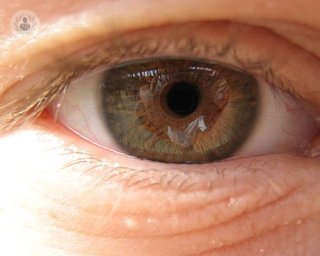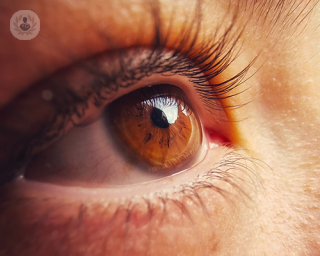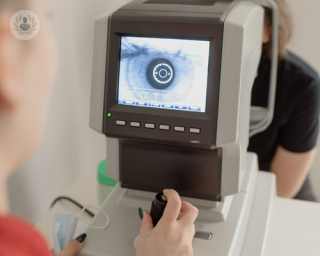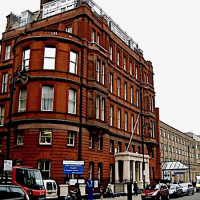Macular hole
Mr Vaughan Tanner - Ophthalmology
Created on: 01-25-2013
Updated on: 06-07-2023
Edited by: Conor Lynch
What is a macular hole?
A macular hole is a traction hole in the macula, which is the centre of the retina. The macular area of the retina is responsible for providing the high resolution required for everyday activities such as reading.
There are two types of macular hole: lamellar macular holes do not affect the entire thickness of the retina, while full-thickness macular holes do. There are also different stages of macular hole:
- Stage 1: detachment of the fovea (the area of the retina in the centre of the macula)
- Stage 2: full-thickness hole in the fovea
- Stage 3: the hole grows bigger
- Stage 4: the macular hole is associated with posterior vitreous detachment
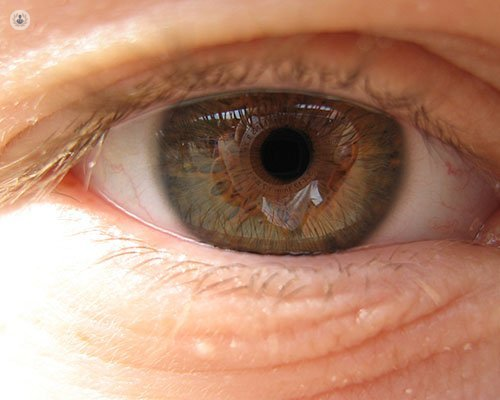
What is the prognosis?
The outlook is very good. It is very rare for holes to resolve spontaneously, but modern surgical techniques allow more than 90 per cent of cases to be treated successfully.
What are the symptoms of a macular hole?
The main symptoms of a macular hole are loss of central vision and distorted vision in one eye. The distortion causes straight lines to become wavy, such that numbers and letters seem to jump out or distort. Other symptoms include a central grey area, or a blind area in the central vision. In the early stages of the disease, a yellowish lesion can be detected in the fovea.
How is a macular hole diagnosed?
To diagnose a macular hole, the back of the eyes are examined. The specialist dilates the pupils before examining the retina. Optical coherence tomography (OCT) is an examination used to determine the size of the hole, allowing the specialist to determine the prognosis and also to confirm closure of the hole post-operatively.
What causes a macular hole?
Most cases of macular hole are idiopathic, i.e. the macular hole develops in healthy patients without any evidence of other eye diseases. Macular holes are more likely to occur as you get older.
A macular hole may also develop as a result of:
- myopia
- traumatic eye injury
- chronic inflammation of the macula
- intraocular surgery
Can it be prevented?
Macular holes cannot be prevented, although they can be detected in the early stages. The sooner the hole is detected, the better the visual recovery is.
How are macular holes treated?
Macular holes are treated by vitrectomy (removing the innermost retinal layer) followed by the insertion of intraocular gas. In many patients, vitrectomy surgery is combined with cataract surgery to avoid the need for a second procedure.
Patients should assume the gas bubble will block vision for up to one month post operatively before clearing and allowing better vision. Depending on the size of the hole, many surgeons will ask their patients to help close the hole by posturing face down post-operatively for a few days.
Which specialist treats it?
Macular holes are treated by some ophthalmologists who specialise in vitreo-retinal surgery.

